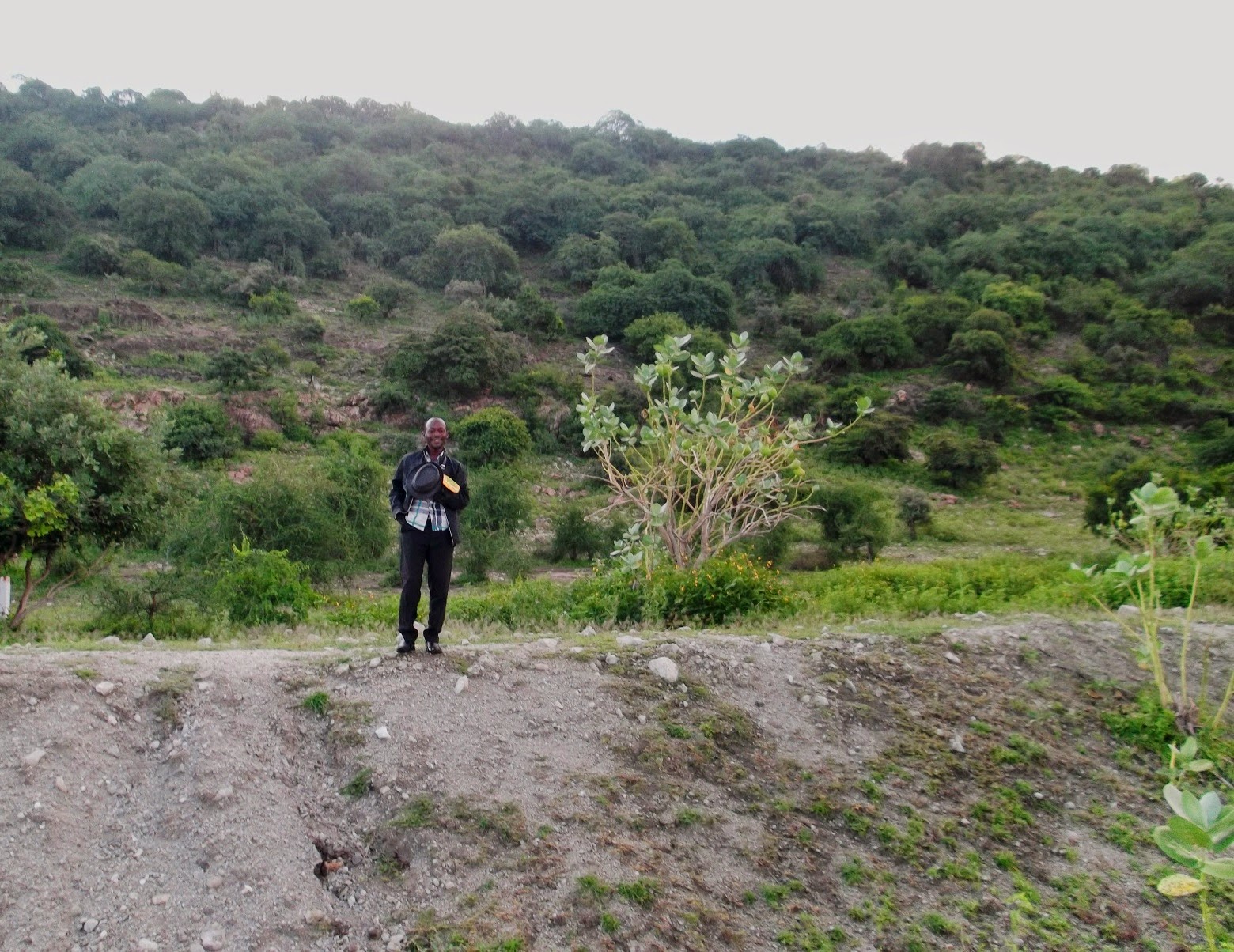Tanzania
cultural rogramme was largely inspired and developed by a Tanzania volunteer Mr.
John Shabani. When properly conducted and managed it allows local people such
as the Maasai, Datoga, Hadza, Iraqw, Pare, Sambaa and others to show tourists something
of their ways of life, including their homes, areas of work such as
agriculture, farming, pastoralism, hunter-gathering and fishing.
Income
from these cultural visits is used by the groups involved for particular
development projects, such as the building of dispensaries or clinics, water
supplies or cattle-dip facilities.
We offer
the following possibilities, listed by locality in alphabetical order:
Babati/Hanang (close to Tarangire National Park).
Datoga
(Barabaig)/Gorowa peoples, also climb of Mount Hanang and fishing on
hippo-inhabited Lake Babati.
170 km.
(107 miles) from Arusha.
Tanzania cultural tourism in Engaruka
Mysterious
ruined settlement on the slopes of the Rift Valley, in a very traditional
corner of Maasailand and close to the active volcano Ol Doinyo Lengai, Maasai
“Mountain of God”. Guided walk through the ruins and explanation of their
history and of present irrigation systems that keep the present village
attractively green. Bird-watching walks at the foot and slopes of the Rift
Valley Escarpment.
180 km.
(114 miles) from Arusha
Tanzania cultural tourism in Ilkiding’a
Insights
into Wa-arusha culture, including visit to traditional healer and tasting of
local dishes. Walks through the countryside below Mt. Meru, with visits to craftsmen
who make tools, jewellery and other traditional artifacts.
7 km. (5
miles) from Arusha
Tanzania cultural tourism in Kisangara
Fishing
trips on Nyumba ya Mungu Dam, just south of Kilimanjaro, with local fishermen.
Also tour of spice-growing areas and insights into the cooking of traditional
local dishes, plus visit to the Lembeni Herbal Hospital.
90 km.
(57 miles) from Moshi
Tanzania cultural tourism in Longido
Walking
safaris beneath the slopes of Mt. Longido with Maasai moran (men of the
traditional warrior age-grade). A guided walk to the summit of Longido Mountain
can be arranged, plus visits to local Maasai enkang (homesteads).
81 km.
(51 miles) from Arusha
Tanzania cultural tourism in Marangu
One of
the ancestral homes of a major Chagga clan on the lower slopes of Kilimanjaro.
Walks to scenic waterfalls through cultivated countryside, lush green valleys
and banana groves, with Kilimanjaro visible from certain viewpoints. Visits to
traditional Chagga “beehive” hut with underground chambers where locals took
refuge during tribal and clan wars. Visit to traditional blacksmith’s.
30 km.
(20 miles) from Moshi
Tanzania cultural tourism in Man’gola
Settlement
by Lake Eyasi, south of Ngorongoro Crater. Visits to Datoga pastoralist
homesteads where you can see women milking cows and wearing beautifully beaded
traditional clothes. Also visit to nearby Hadza hunter-gatherers who still hunt
big game with bows and arrows. Fascinating walks with Hadza can be arranged, as
they scour the bush looking for game, fruit, wild bee-hives or roots and tubers
to dig up and eat.
185 km.
(117 miles) from Arusha.
Tanzania cultural tourism in Mkuru
Insights
into Maasai culture plus visit to the camel camp at the foot of Mt. Meru, where
camel rides or camel safaris (from half a day to one week duration) may be
arranged. Birding walks in the plains around Mkuru and hikes to the top of a
local mountain also possible.
35 km.
(32 miles) from Arusha
Tanzania cultural tourism in Mto wa Mbu
This
settlement just outside Lake Manyara National Park in the Rift Valley is a
fascinating mixture of cultures and occupations. Walks around the town and
nearby farms and countryside, experiencing a variety of lifestyles and seeing
people from many ethnic groups, including Maasai, Arusha, Iraqw, Chagga, Irangi
and others. Visit to local school possible.
120 km.
(76 miles) from Arusha
Tanzania cultural tourism in Ngiresi
Home of
the Arusha people at the foot of Mt. Meru. Guided tour of farms on the
mountain’s fertile lower slopes. Visits to various development projects and
insights into local Arusha community and their culture.
6 km.
(3.5 miles) from Arusha
Tanzania cultural tourism in North Pare
Traditional
home of the Pare (pron. Par-ay). Guided walks through the Kindoroko Forest
Reserve where medicinal wild plants will be pointed out and their uses
explained. Stories involving ancient Pare folk-lore told by locals.
110 km.
(70 miles) from Arusha
Tanzania cultural tourism in South Pare
Part of
the traditional Pare homelands. Walks through the Chome Forest Reserve, climbs
to Shengena Peak, highest point in the Pare or Usambara Mountains, hikes to the
Tona Moorland and Ranzi Dam can be arranged.
160 km.
(101 miles) from Arusha
Tanzania cultural tourism in Pangani
Fascinating
historical coastal town (see Pangani) in lovely setting on the Pangani estuary.
Coastal (Swahili) culture with much Arab influence since the days of the slave
and ivory trade. Visits to former sites where slaves were kept or worked, river
cruises through extensive coconut plantations, escorted walks through the town,
fishing trips at sea with local fishermen.
350 km.
(221 miles) from Moshi
Tanzania cultural tourism in West Usambaras
Beautiful,
cool mountain home of the Sambaa people. Trips to dramatic cliff-top viewpoints
at the edge of the mountains, hikes through dense natural forests nourished by
clear mountain streams, walks around Lushoto, once an important centre of
colonial German East Africa. Visits to irrigation and soil conservation
projects.
270 km.
(171 miles) from Moshi
Mount
Kilimanjaro,
with
its three volcanic cones, Kibo, Mawenzi, and Shira,
is a dormant volcanic mountain in Tanzania.
It is
the highest mountain in Africa and the highest free-standing mountain in the world at 5,895 metres
or 19,341 feet above sea level (the Uhuru Peak/Kibo Peak)


















































0 comments:
Post a Comment